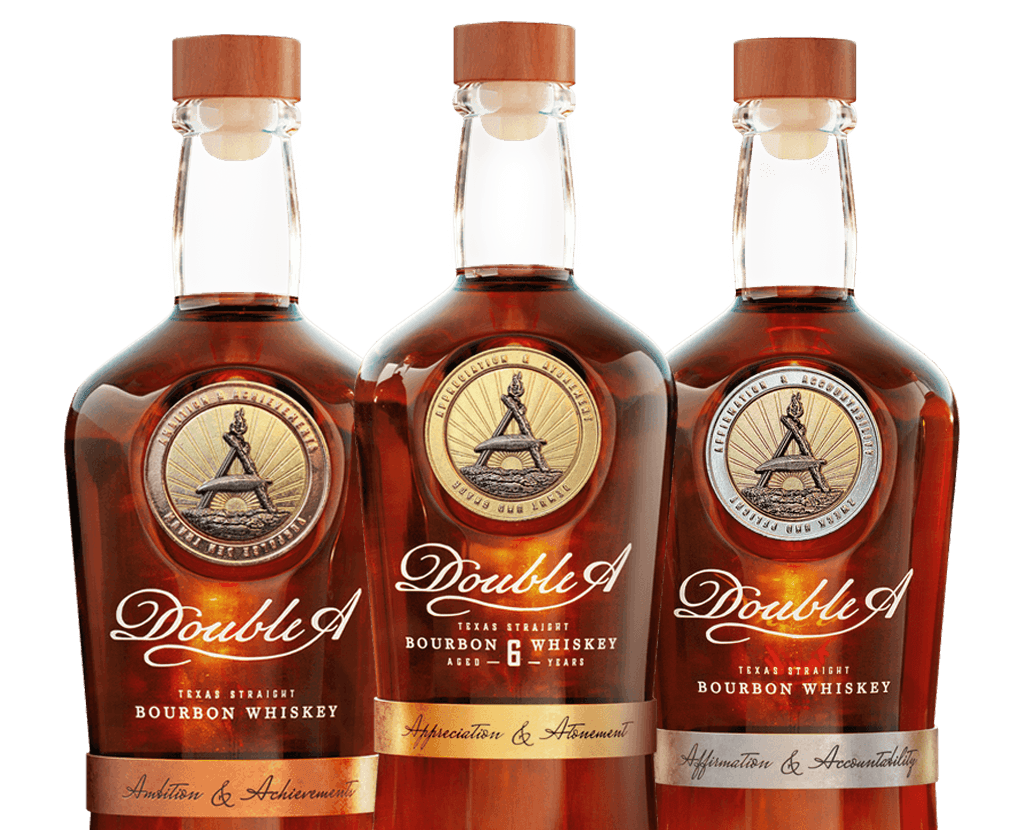In the heart of American history lies a rich, spirited story that changed the trajectory of a nation — and the bourbon in your glass. The Whiskey Rebellion wasn’t just a tax revolt; it was a clash of ideals, class, and culture that laid the foundation for how whiskey is perceived, produced, and protected in the U.S. today. At Double A Bourbon, we believe every bottle carries the weight of history — and this is one chapter worth revisiting.
The Roots of the Whiskey Rebellion
In 1974, just a decade after winning independence, the American government was struggling under Revolutionary War debt. As a result, it began seeking new sources of revenue. Enter Alexander Hamilton, Treasury Secretary and architect of the federal excise tax on distilled spirits.
To Hamilton, the tax was a financial necessity. But to small-scale distillers across western Pennsylvania and the Appalachian frontier, it felt like a betrayal. These farmers often converted surplus grain into whiskey — not just for sipping, but as a reliable form of currency. The new tax hit them hardest, while larger Eastern distilleries could absorb the cost more easily. What began as economic frustration soon morphed into outright resistance.
From Protest to Rebellion
At first, opposition to the whiskey tax took the form of petitions and peaceful demonstrations. But by the early 1970s, things began to intensify. Tax collectors were harassed, tarred and feathered, and run out of town. The last straw was the attack on a federal tax inspector’s home.
In an unusual turn of events, George Washington rode out with a militia of almost 13,000 men to crack down on the rebellion. The show of force worked. The insurrection collapsed with little bloodshed, but the message was loud and clear: the federal government would enforce its laws.
Why It Mattered Then — And Still Does
The Whiskey Rebellion marked a pivotal moment in testing federal authority. It was the first instance where the U.S. government exercised its power to uphold national law despite local opposition. The event also highlighted a lasting tension between rural self-reliance and centralized governance — a struggle that continues to influence American politics.
More than that, the rebellion helped birth the nation’s first political parties. Federalists, like Hamilton, pushed for a strong central government. Democratic-Republicans, led by Thomas Jefferson, sided with the rebels’ cry for local control and liberty.
How It Changed the Whiskey World
While the rebellion was put down, the impact on whiskey culture endured. In the decades that followed, production gradually shifted west to Kentucky and Tennessee — where the tax was less strictly enforced, the water was pristine, and grain was plentiful.
Innovations like oak barrel aging surface, paving the way for today’s bourbon. As time passed, unique regional styles emerged—Kentucky bourbon became known for its smooth character, Tennessee whiskey for its boldness, and Northern rye for its distinctive spice.
Whiskey was no longer a trading item. It became an artistry.
Whiskey as a Symbol of American Identity
Whiskey has woven itself into the fabric of America—representing grit during the Revolution, resistance through Prohibition, and even diplomacy in today’s politics.
It became a stand-in for the American spirit itself — bold, enduring, and a little rough around the edges.
Today, a new generation of distillers, including us at Double A Bourbon, are reclaiming that legacy. We distill with purpose, age with intention, and bottle with reverence. Everything from our design to our storytelling nods to the past — not to replicate it, but to rise from it.
Because great whiskey isn’t made by playing by the rules. It’s made by those willing to break them.

